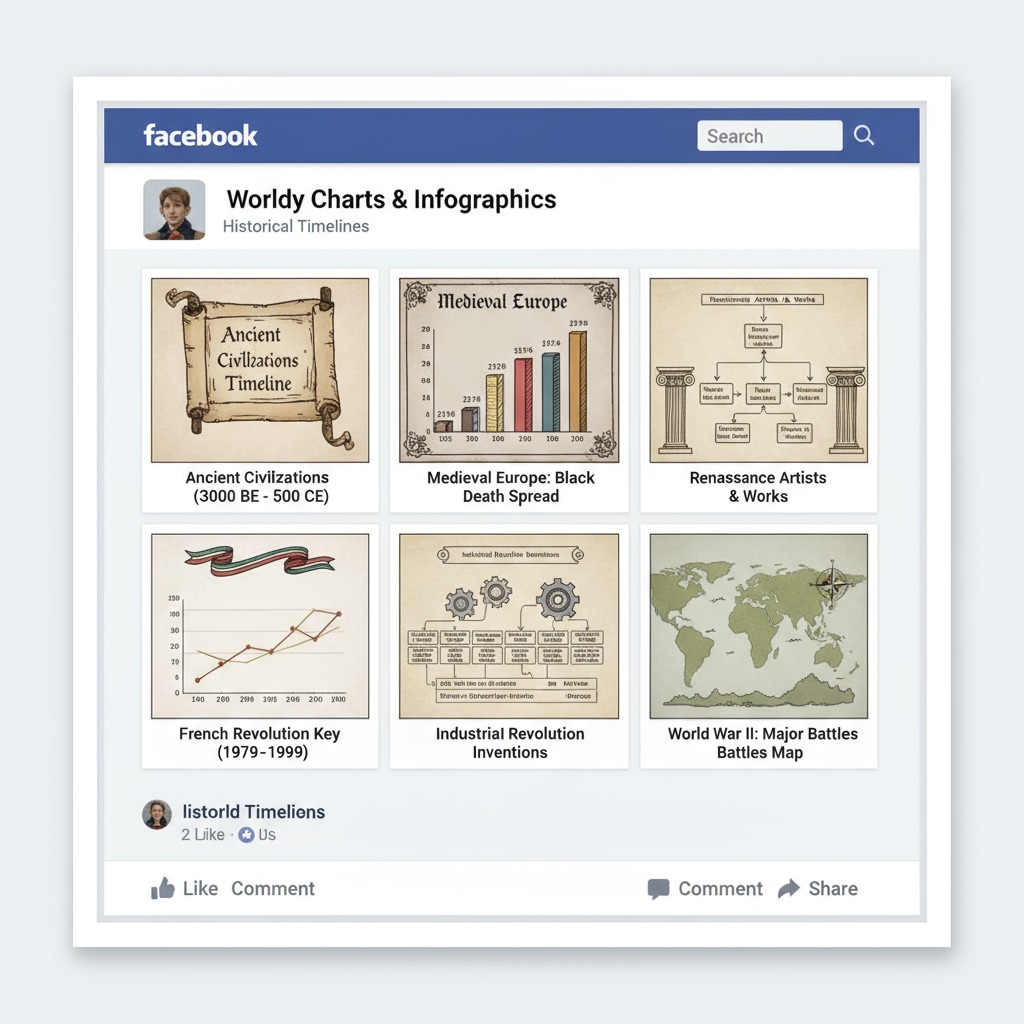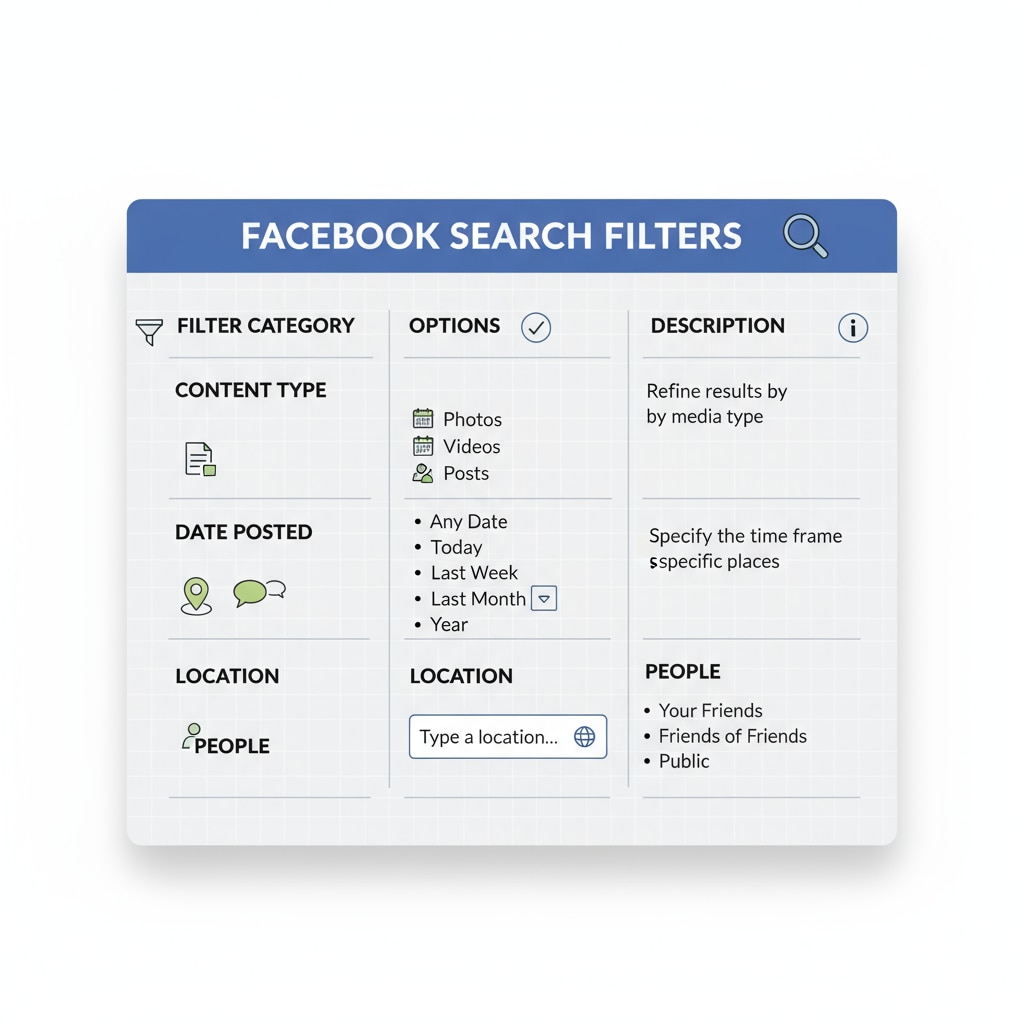In the digital age, the search for historical chart resources on Facebook ads has become a quest for educators. The vast sea of social media is filled with potential educational treasures, but finding and securing them can be a challenge. Let’s embark on a journey to uncover how to retrieve these valuable historical chart resources.

The Digital Dilemma of Educators
Educators often stumble upon excellent educational resources, such as historical charts, while browsing Facebook. However, in the rush of daily activities, they fail to save these precious finds. These resources could greatly enhance K12 teaching, but the lack of a proper system to capture them means they may be lost forever. For example, a teacher might see a detailed historical timeline chart that could bring a history lesson to life, but without saving it, it vanishes into the digital void.
Search Strategies for Historical Chart Resources
To find historical chart resources on Facebook, one can use targeted search terms. Look for groups dedicated to history education or pages that regularly share educational content. Additionally, Facebook ads can be a powerful tool. Some advertisers promote historical charts created by individuals. By clicking on relevant ads, educators can be directed to pages where these resources are available. Another approach is to use Facebook’s search filters to narrow down results to specific types of content, like images or posts related to history. Facebook Search Help provides more insights into effective search methods.

Once potential resources are identified, it’s crucial to save them. Educators can use tools like Pocket or OneNote to save links to Facebook posts containing historical charts. This way, they can access these resources later, even if the original Facebook post is removed. Creating a dedicated folder on Google Drive for educational resources is also a great idea. This allows for easy organization and sharing with colleagues.
Sharing and Building a Resource Community
In addition to saving resources for personal use, sharing is key. Educators can create a private Facebook group where they can share the historical chart resources they’ve found. This collaborative approach not only benefits individual teachers but also builds a community of educators working towards enhancing K12 education. By sharing, teachers can learn from each other and discover new ways to incorporate these resources into their lessons.
In conclusion, the search for historical chart resources on Facebook ads is a rewarding endeavor. With the right strategies for searching, saving, and sharing, educators can build a rich personal education resource library and ultimately improve the quality of teaching. By not letting these digital treasures slip through our fingers, we can make history lessons more engaging and informative for students. Strategies for Using Social Media in the Classroom offers more inspiration on leveraging social media for educational purposes.
Readability guidance: This article uses short paragraphs and lists to summarize key points. Each H2 section provides practical strategies. The use of passive语态 is minimized, and transition words are added to enhance flow and clarity.


